READY TO GET STARTED?
REQUEST A FREE ESTIMATE
Fill out the form below or call (888) 466-7849 for a free, no-obligation estimate.
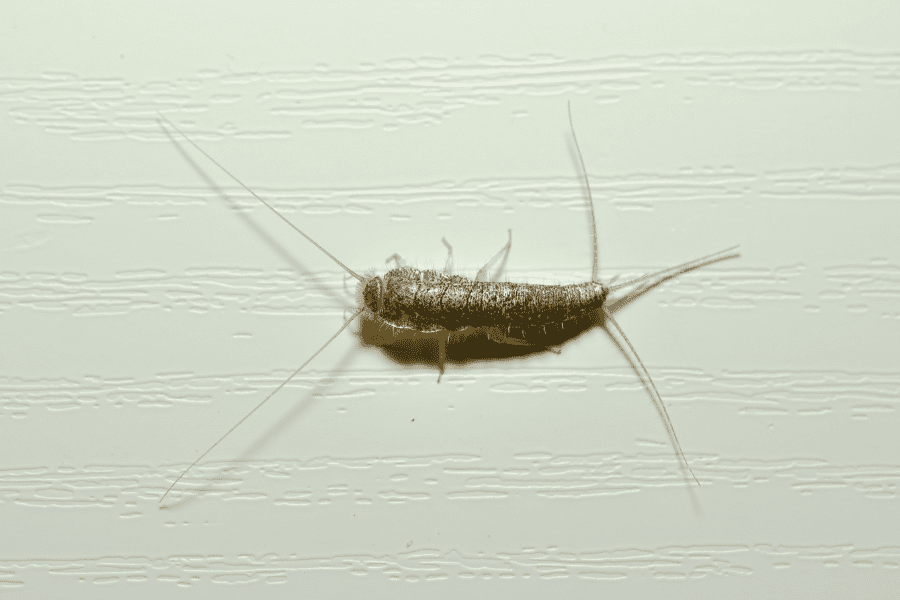
During the winter season, we don’t typically see a lot of pests around, but that doesn’t mean they aren’t present! Certain wildlife pests tend to look towards our Laurens home to escape the cold, causing damage and posing a health risk in the process. For homeowners, it’s important to understand the types of winter pests that could invade and the winter pest control methods needed to keep them out. Check out our top 3 winter pests to look out for in Laurens, South Carolina.
During the winter, cockroaches enter our homes to search for heat and humidity. Common roaches found in homes are American roaches, oriental roaches, and brown-banded roaches. These pests can pose a serious health risk to humans, as they’re known to transmit diseases and trigger allergies and asthma. Roaches will utilize any open gap or hole to find their way inside homes. These pests will also hitchhike on grocery bags, boxes, and used appliances. You will often find them in areas where food and water are available, such as our kitchens and bathrooms.
Termites are year-round pests and will destroy the structural integrity of homes. The damage termites can cause will often cost billions in repairs. Termites, such as subterranean termites, will eat the wood from the inside out, usually staying hidden until the damage is done. These termite types need soil to live, creating mud tubes to search for a food source. Firewood and mulch are two major attractants to termites and will provide a way inside your home. If they’ve infested, you can often find them in the home’s baseboards, crawlspaces, and wooden beams.
Silverfish prefer to live in damp, colder places. These pests are quite common in the winter months and are often found in basements or bathrooms. If they’ve gained access to your living space, it’s usually because they’ve hitched a ride when you’ve taken items out of storage in your garage or attic. While these pests are harmless to humans, if they infest in large numbers, they can become a nuisance. Silverfish will feed on your books, glue, wallpaper, and boxes.
There are several methods and preventative measures you can implement to keep these pests from invading your home! Consider these winter pest control tips when you want to keep these pests away:
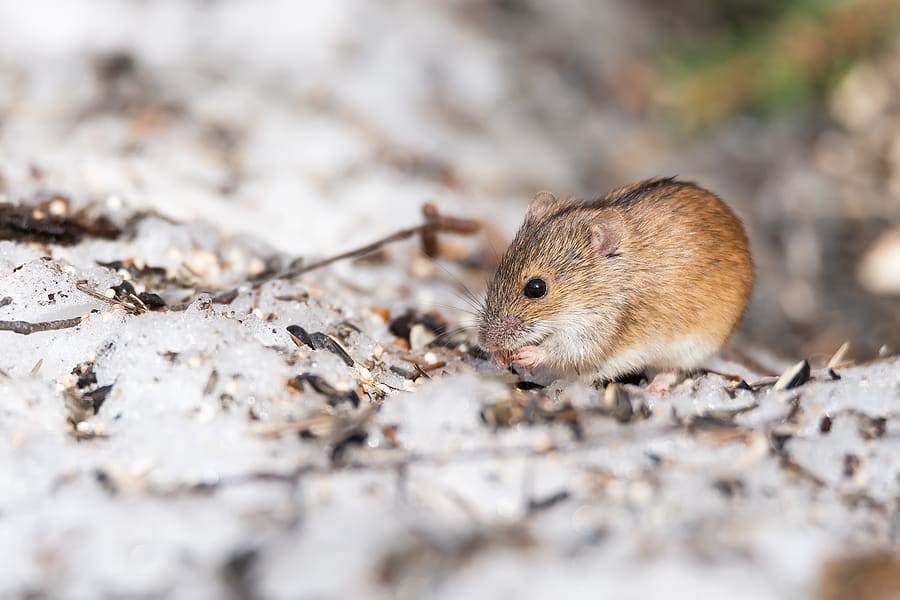
Contrary to popular belief, pests don’t just disappear when colder weather sets in. Overwintering pests are those that find a warm place to shelter during the winter, most often inside your home! Some household pests thrive year-round because the warmth, water, and food supply in your home allow them to survive even in the harshest weather conditions. Some common winter pests include rodents, roaches, spiders, and bed bugs. For this reason, it’s important that you don’t forget about winter pest control! Here are a few of our favorite winter pest control tips you can use to make your home pest-free.
What Causes A Termite Infestation?
Prevent Bed Bugs this Holiday Season
Where Do Rodents Go In Winter?
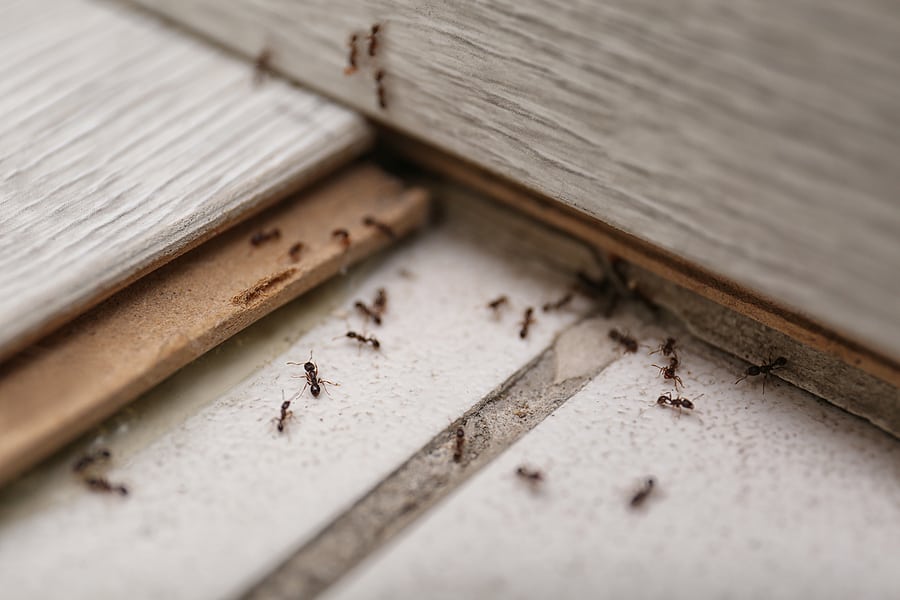
Many pests hibernate or “die off” during the winter, causing homeowners to feel like they can relax during the colder months. Overwintering pests, however, are here to rain on your parade. These pests seek refuge inside our homes looking for food, water, and a warm place to hide until the weather outside is more favorable. Here are 6 winter pests to watch out for along with tips to prevent them.
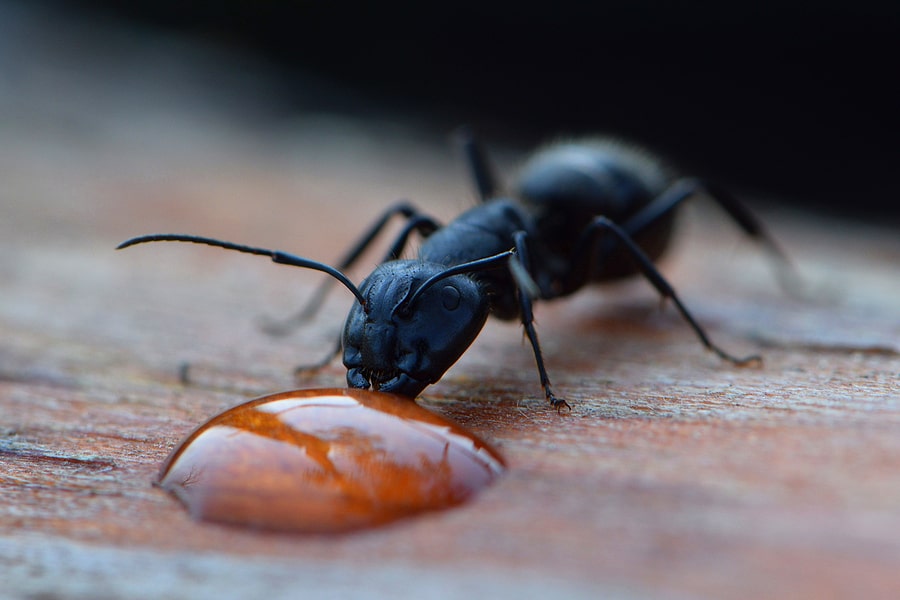
Ants will come in through the tiniest holes or cracks in the exterior of your home. They also like to sneak in on plants and flowers that are brought indoors. Ants are masters of overwintering, typically seeking out warm places deep in the soil or under rocks to hide out. Food can be scarce, though, and your home provides the perfect location for them to get everything they need to survive the winter – food, water, and warmth. The first step to ant control in your home is to get rid of their food source. Make sure food is well sealed and crumbs are cleaned up from floors and counters.
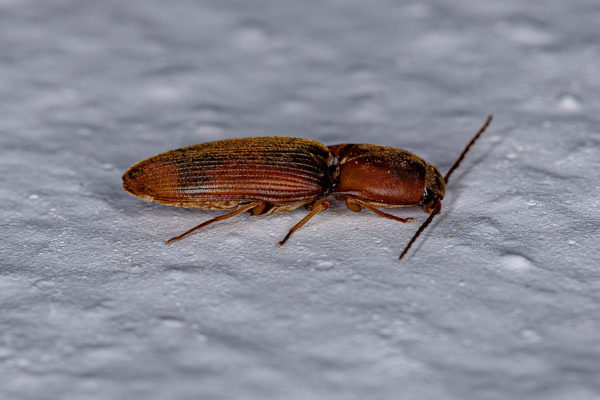
Beetles like to come indoors to get out of the cold. They are known to hide in the warmest areas of your home, such as near dryers or water heaters. Elm leaf beetles and click beetles are two of the most common overwintering beetles you may encounter. They are often brought inside on firewood. If you spot beetles inside, vacuum them up and immediately discard the bag or canister contents. Eliminate their food sources by keeping your kitchen and bathroom clean. Caulk windows or use weatherstripping around them. Keep wood piles and leaf litter away from your home. Inspect any wood before bringing it inside.
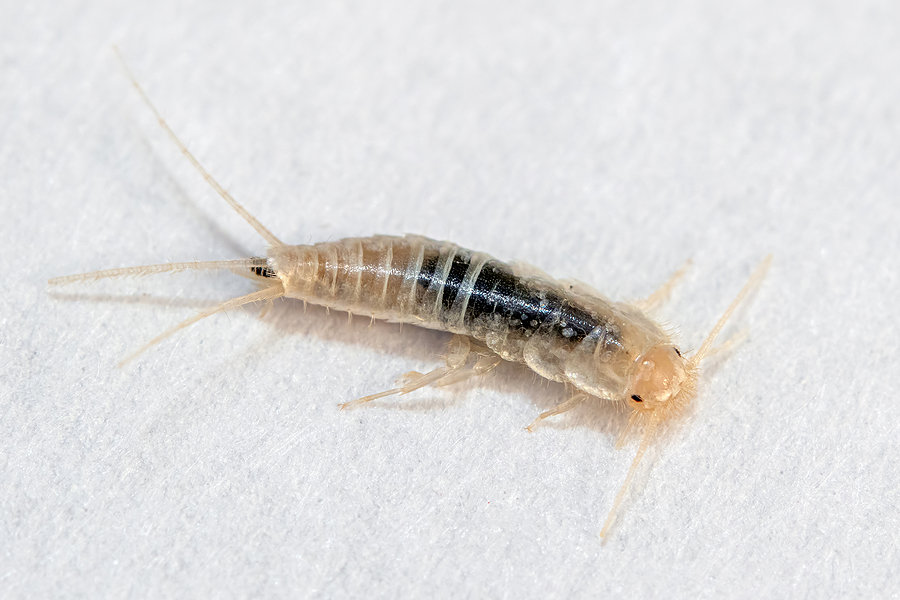
Silverfish prefer damp, cold places and will usually be found hanging out in your basement or bathroom. They are common in the winter months, often hitching a ride as you are hauling your holiday decorations in and out of your attic or garage. They feed on books, glue, wallpaper, and boxes. Keep silverfish under control by vacuuming often and decluttering your home. Get rid of any old newspapers, mail, and cardboard laying around. Inspect any boxes before bringing them inside. Store clothes in sealed bins, preferably made of plastic rather than cardboard.
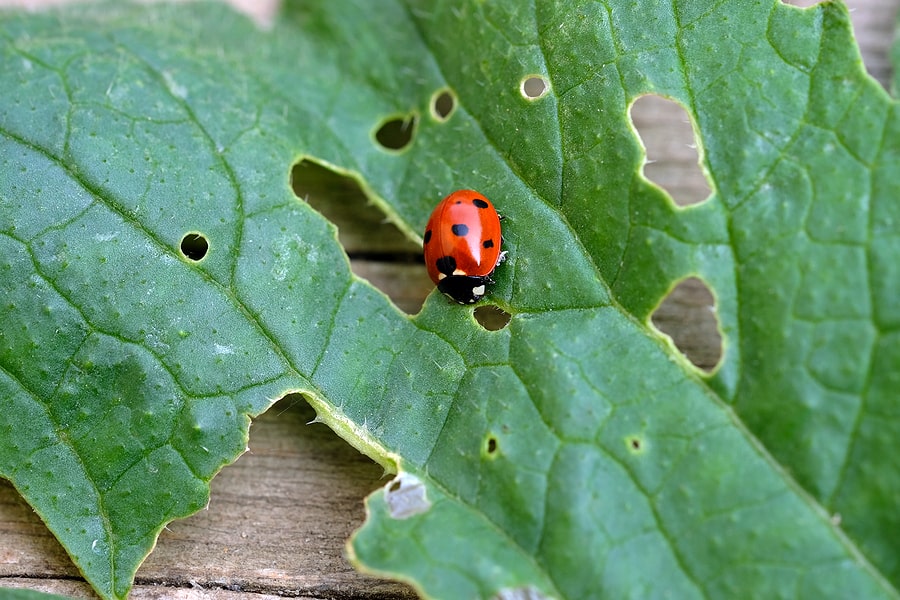
Ladybugs will come inside through window cracks and openings to shelter from the cold. While they don’t bite, they will secrete a yellow fluid with an unpleasant odor that not only attracts other ladybugs, but can also leave an unsightly stain on your walls, floors, ceilings, and more. Control ladybugs by locating and sealing any entry points you can find. Vacuum them up or spray them with soapy water. The soapy water will not only get rid of the ladybugs, but it will also get rid of the smell, helping prevent other ladybugs from coming back.
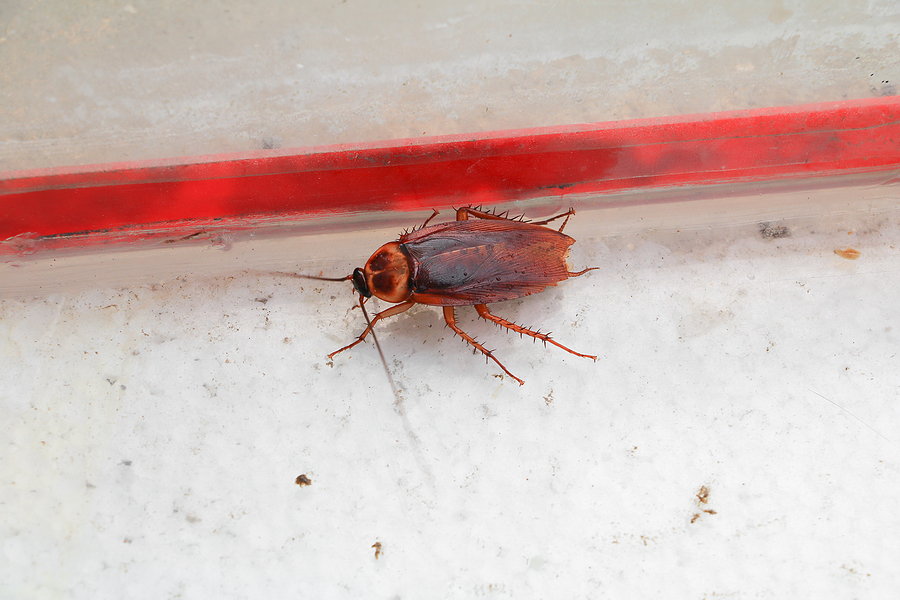
Roaches come indoors during winter for heat and humidity as they cannot survive the cold temperatures outdoors. They are also attracted to plants, leaf litter and mulch. Cockroaches pose a serious health risk to humans as they are known to transmit diseases and trigger allergies and asthma. They will also hitch a ride inside on grocery bags, boxes, and used appliances. They prefer to hang out in kitchens and bathrooms. Keep roaches at bay by cleaning counters and floors and vacuuming frequently. Dispose of your garbage regularly. Keep kitchens and bathrooms clean, especially under appliances and cabinets.
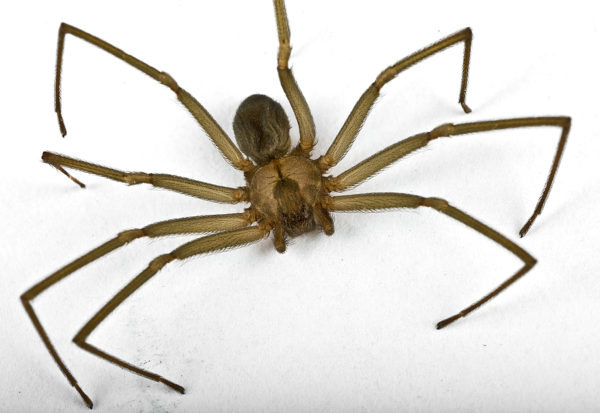
Spiders seek out warm, dark places to hide during the winter, usually in your basement, attic, or rarely used corners of rooms. They will also hide out in boxes and rarely used clothes and shoes. Keep spiders under control this winter by decluttering your home. Dust, vacuum, and sweep out cobwebs frequently. Discard any old boxes and packages they can use to hide out in. Keep trees and shrubs trimmed away from your home and cut back overhanging limbs from the roof. Store clothes and shoes in plastic containers.
No one wants to deal with pests inside their home regardless of what season it is. If you have a problem with pests at any time during the year, contact your local pest control company who can help identify the type of pest you have, identify entry points, and set up a treatment and prevention plan going forward.
Does My Crawlspace Need A Moisture Barrier?
What Every Homeowner Should Know About DIY Pest Control
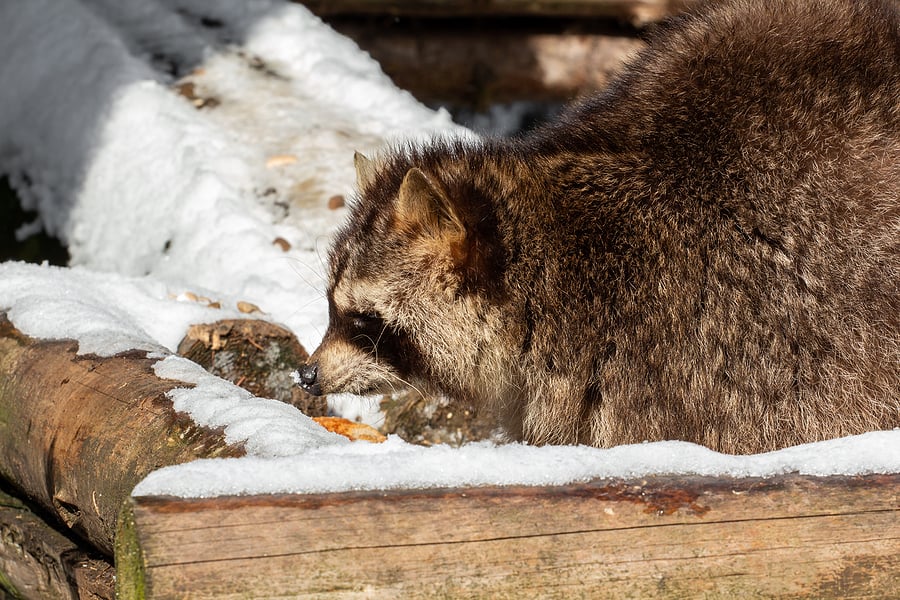
When cold weather hits, winter wildlife go in search of three things: food for their bellies, water to quench their thirst, and warm shelter to keep them safe. When the going gets tough, these winter pests have to get creative in order to survive – often by making their way into your attic, chimney, basement, or crawlspace. While it’s beneficial for them, it can cause serious damage to both your home and your health to have them sharing space with you.
How do you know if you have a stowaway for the winter? Common signs of wildlife include:
Now that you know what to look for, what kinds of animals can cause these signs? Some of the most common winter wildlife include:
Prevention is key to avoiding a winter wildlife invasion. Critter control starts at home with these winter wildlife prevention tips:
Chimneys provide a great hideout and also a gateway for wildlife to get into your home. Make sure the top of your chimney has a grated screen that is in good repair with no holes. Check above the flue panel for any leaves, debris, droppings, or animals before sealing it up. Make sure your chimney is secure.
Small holes, cracks, open pipes, etc. in your foundation provide easy routes for wildlife to get into your home. A careful inspection of your foundations should be performed every season throughout the year. Seal any openings as you find them.
Any tiny cracks or openings in your roof or siding means easy access to your attic. Check the entire exterior of the roof, starting with the intersections and siding. Make sure to also check the flushing seams on the roof. Siding that connects to the roof should not be warped or pulled away. Be sure to check around exhaust openings and for loose vent screens, as well.
Many wildlife critters love to hide out in the attic. Use a flashlight or headlamp and thoroughly inspect this space, checking for openings or chewed up or damaged areas of wood. Seal any holes you find but always make sure the animals are not still present before you do.
Your trashcans offer a buffet of food sources for pests. Use cans with tightly securing lids, avoid overfilling them, and wash the bins regularly to get rid of food waste.
Branches and limbs offer squirrels, raccoons, and other creatures a bridge directly into your home. Keep trees and shrubs trimmed away from the house. Prune shrubs to keep them at least 12″ from the sides of your home. Trim any branches that overhang or touch your roof, as well.
Leaving food sources outside your home will just attract wildlife in. Try to avoid leaving pet food outside and tossing scraps or pouring leftover grease in the yard. Pick up any fallen fruit. Protect your gardens with fences that are designed to keep animals out. Clean up any spilled birdseed from feeders and bring them in overnight.
Wildlife control is an ongoing process that needs special attention and consideration, especially in the cold winter months. If you have a problem with winter wildlife, contact your local pest control company for an inspection and appropriate treatment or wildlife exclusion plan.
4 Pests That Are Closer Than You Think!
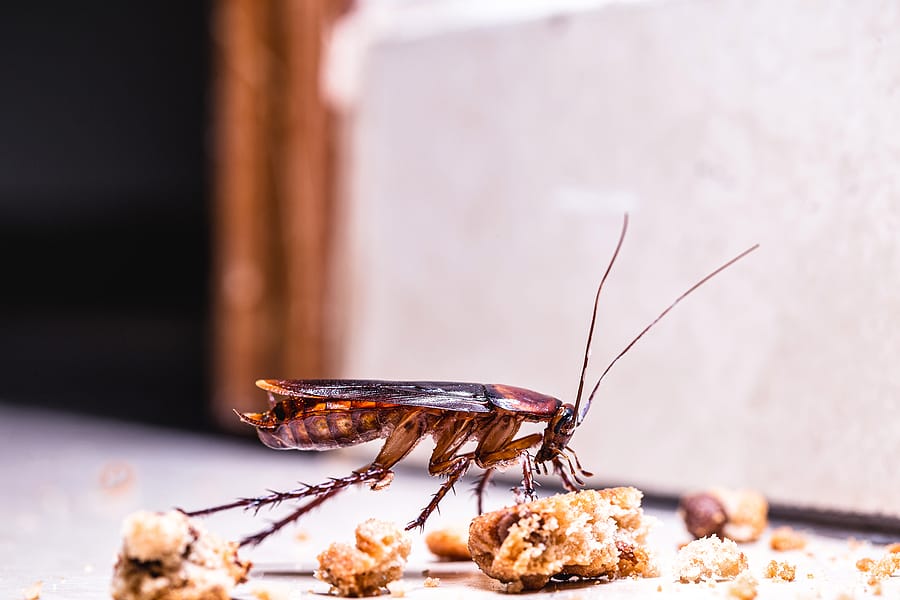
During the wintertime, many homeowners worry less about pests that are common during the spring and summer months. Contrary to popular belief, however, some pests don’t just die off; instead they use their survival instincts to get through the winter. Here is a list of four common winter pests and what you can do to prevent them once the warmer weather arrives!
Seeing ants marching inside your home is typically uncommon during the winter months. Ants are still around, however, as they are great at overwintering and preparing for the cold! Ants prepare for the colder weather starting in the fall where they indulge in lots of food. This preparation technique helps them put on fat so they can survive for weeks at a time without eating. When winter finally arrives, their body temperature and activity will decrease. They will then seal up their colonies built deep in the soil or under rocks, where they will stay until springtime arrives!
Once the warmer weather hits, ants are full of energy and ready to invade your home in search of more food. To make sure these pests don’t come inside, seal all open gaps and holes, especially around areas where pipes and wires enter your home.
Bed bugs are active year-round, meaning they will invade your home whether it’s cold or warm outside. These pests are extremely resilient and can survive temperatures from nearly freezing to 122 degrees Fahrenheit! Because they can withstand these extreme temperatures, bed bug control can be difficult. Common signs of bed bugs include rusty, reddish-brown stains on bed sheets or mattresses, bites on exposed skin when sleeping, and eggs or egg casings.
After coming home from traveling, unpack your clothes and put them directly into your washing machine to clean. Always inspect your luggage for bed bugs and use a vacuum to clean it before storing it.
Most cockroaches can survive year-round if they have access to a warm and moist environment. Unfortunately, this means your home is the perfect place for these pests to inhabit. German cockroaches are one species that are known to survive harsh weather conditions. When cold hits, these roaches are great at sneaking indoors through small gaps and holes.
Cockroaches prefer to live in humid habitats, especially in residential kitchens, bathrooms, and basements. To ensure these pests don’t infest your home, make sure to clean up any spills or food crumbs, vacuum often, and use weatherstripping to seal doorways.
It’s inevitable to see mosquitoes out during the summer months; but it may be surprising to most that these pests don’t die off when winter hits. Mosquitoes will, instead, overwinter or hibernate in protected areas such as hollow logs. When the temperatures increase, female mosquitoes will awaken and seek out a blood source to feed on to begin developing eggs.
Preparing for mosquito activity before summer arrives is crucial in protecting your home and family. Confirm your home is mosquito-proofed by eliminating any standing water, debris from your gutters, and sealing any holes or gaps leading inside the home.
To prevent these pests from invading your home when spring and summer hit, consider contacting your local pest control company. A trained professional can then provide you with an inspection, prevention, and treatment plan.